Meet the Super F14 Tomcat Why Did the US Navy Say No? 19FortyFive

This Is What Grumman's Proposed F14 Super Tomcat 21 Would Have Actually Looked Like The Drive
An F-14 for the 21st Century. Of course, as we've discussed at length in the past, economic was never really the Tomcat's specialty, and the Navy wasn't particularly interested in expanding.
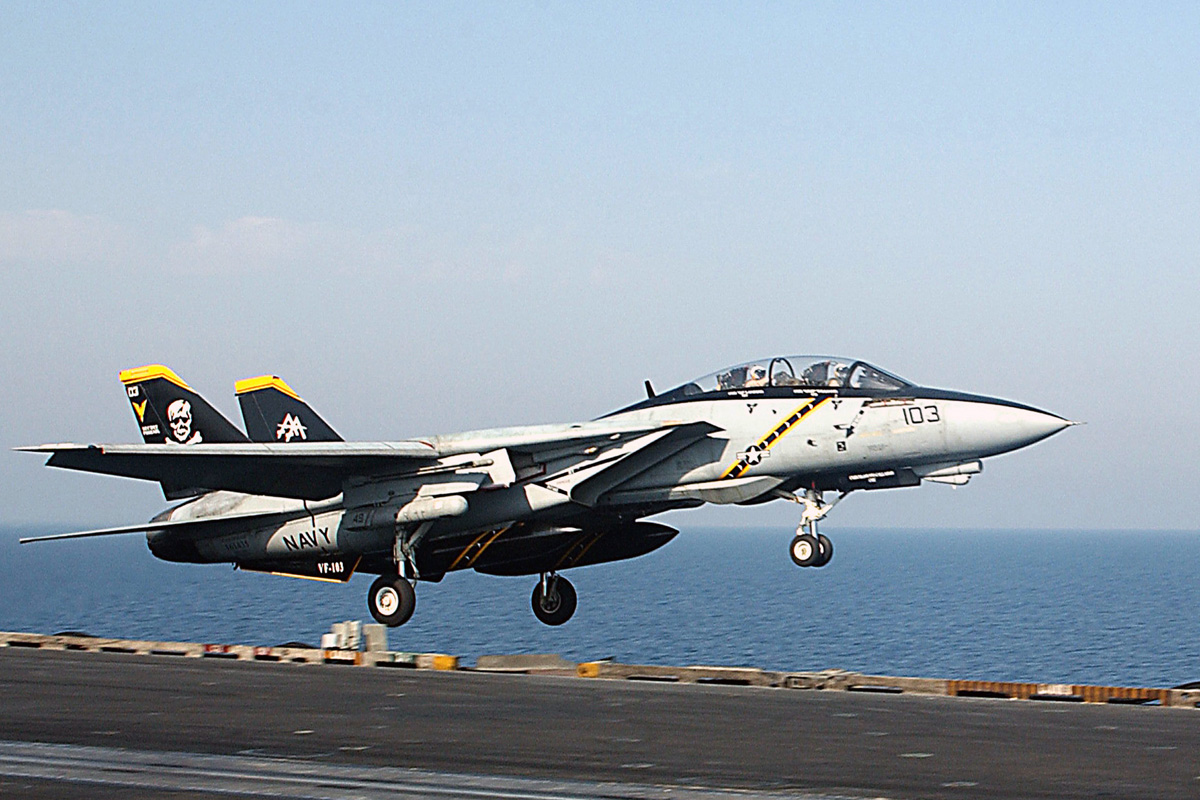
GRUMMAN F14 TOMCAT
In the January 1970 issue, Popular Mechanics laid out the details of the Navy's newest jet fighter: the F-14 Tomcat. A fast and nimble jet capable of Mach 2+ speeds, the F-14 would serve for.

FileF14A Tomcat VF142.jpg Wikipedia
The F-15, besides being the darling of the Air Force fighter community, had a higher thrust-to-weight ratio and would have outperformed the Tomcat, all things being equal. But they weren't. A coin toss allowed the Air Force crew to fly first, and while they did, the F-14 sat waiting its turn on a distant run-up pad.
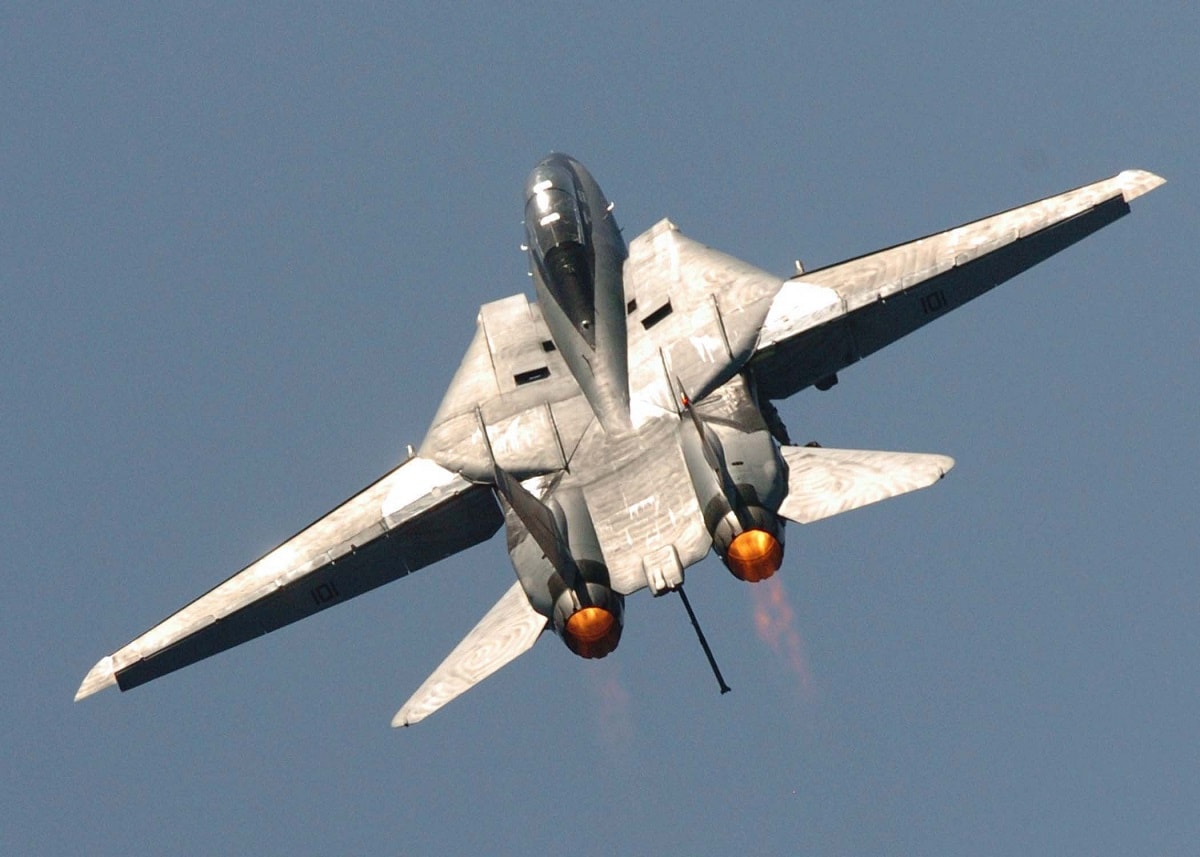
The F14 Tomcat Highway to the (Original) Danger Zone 19FortyFive
An F-14 Tomcat fighter jet takes off from the USS Kitty Hawk aircraft. carrier in the Gulf April 2, 2003. Two aviators from the carriers F-14. squadron "Black Knights" were forced to eject.

FileF14 Tomcat VF2.jpg Wikimedia Commons
The Navy decided to fill the role of fighter/attack aircraft with the F/A-18E/F Super Hornet, and the F-14 Tomcat was finally retired on September 22, 2006. A Senior Editor for 19FortyFive, Peter.

U.S. Navy F14 Tomcat history, deployment and photographs
The F-14B featured the same F110 engines as on the F-15, which significantly improved the Tomcat's thrust-to-weight ratio. The AWG-9 radar was replaced with a superior digital version, the APG-70.
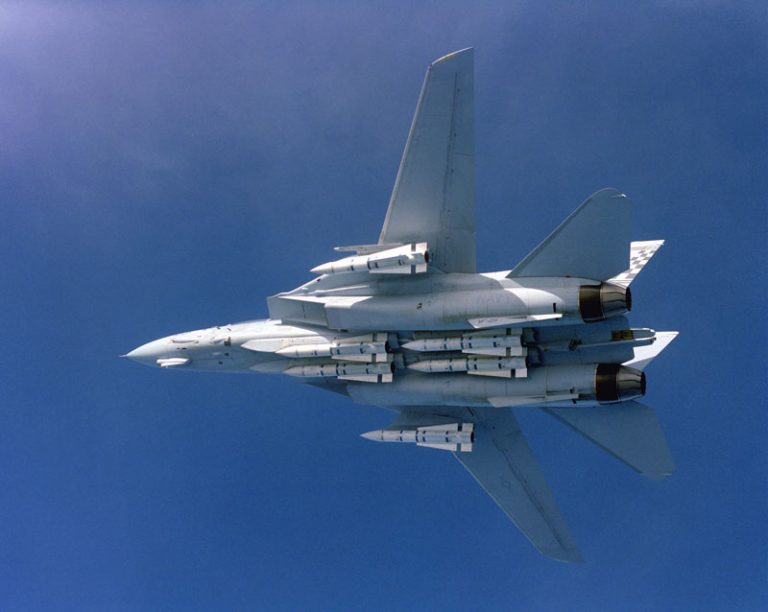
F14 Tomcat loaded with Phoenix missiles Military Pictures
The ASF-14, with some 60,000 pounds of thrust and a better thrust-to-weight ratio than the F-14D, thrust vector control, massive internal fuel stores, huge payload capabilities, and incredible.
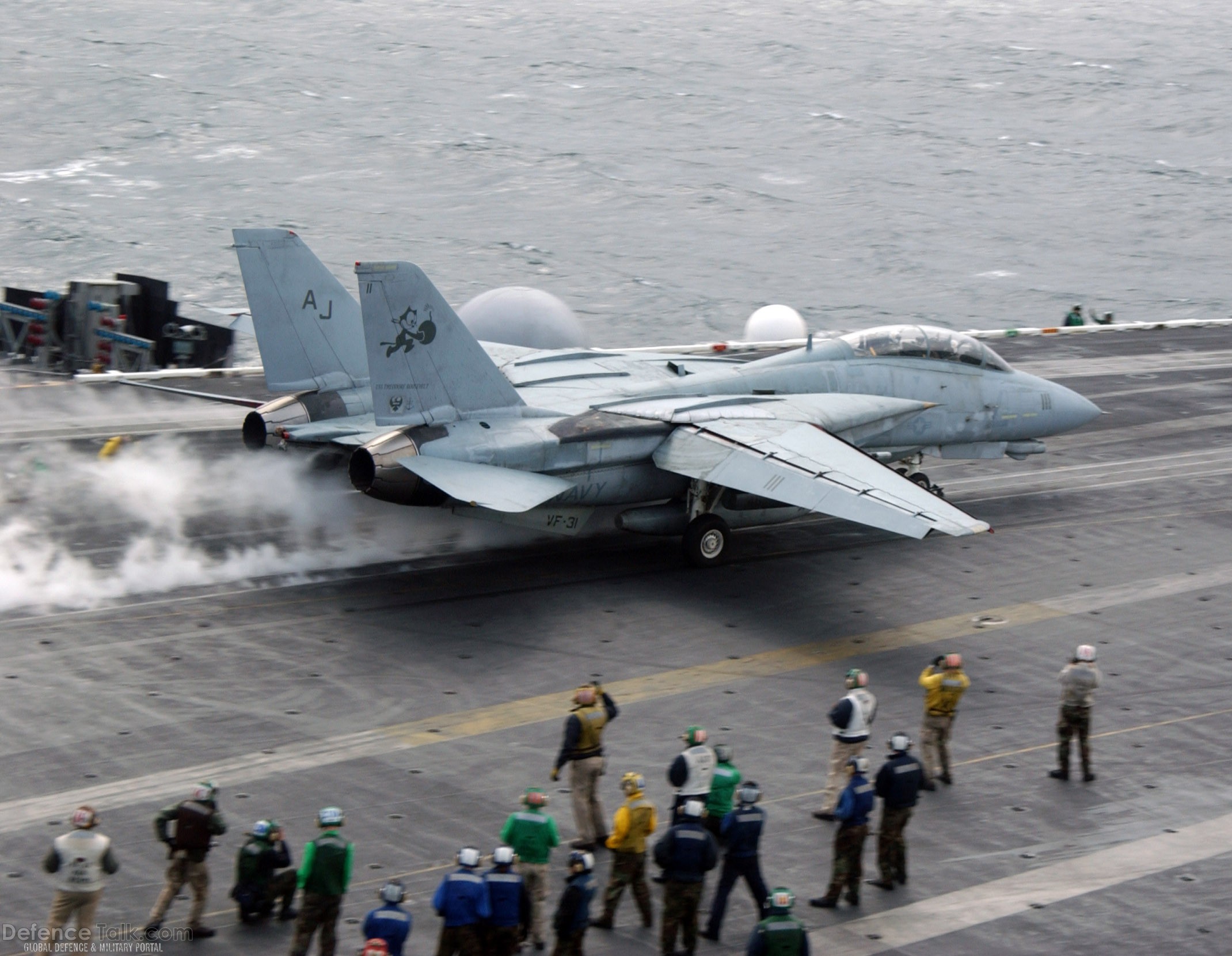
SUPER TOMCAT 21 PROJECT ADVANCING THE F14 TOMCAT FOR THE FUTURE
Cinematic exploits aside, the real-life Tomcat certainly distinguished itself in air-to-air combat in the 1980s and 1990s, garnering a 5:0 kill ratio in the hands of U.S. Naval Aviators, as well.

F14A 160913 Grumman F14A Tomcat, US Navy 160913 This "ag… Flickr
The F-14 Tomcat is a double-seat tandem, twin-engine, double-tail, all-weather carrier-based fighter and interceptor and later gaining multi-role capability, with numerous remarkable features. The glove-mounted swept wings have variable geometry capability, in the same manner as the General Dynamics F-111, the Mig-23 Flogger, and the Panavia.
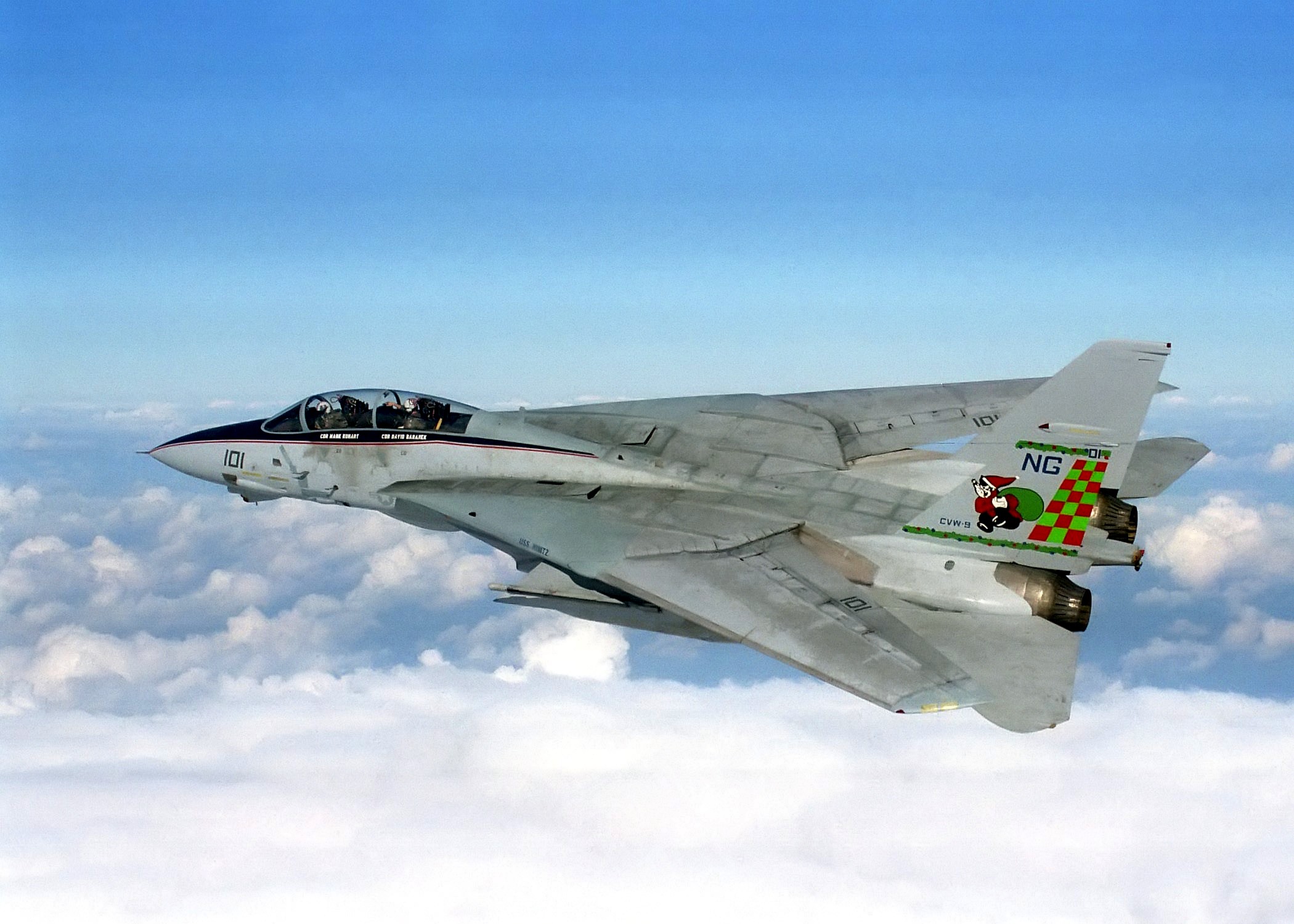
F14 Tomcat
The Grumman F-14 Tomcat Reference Work website, although this data has not been updated for a long time too. Adding it was particularly difficult because I had to copy the data page by page to Excel and then transform it to have the BUNO on every line. But this work was very useful because it turned out important for the later "crash sites.

FileF14A Tomcat prototype in flight in 1973.jpg Wikimedia Commons
The F-14 "Tomcat" or its full name Grumman F-14 "Tomcat", is an American carrier-capable, supersonic, twin-engined, twin-seater, variable-swept wing fighter. The United States Navy developed the.

F14 Tomcat legendarny amerykański myśliwiec pokładowy Strona 2 z 2 SmartAge.pl
F-14, two-seat, twin-engine jet fighter, also called the Tomcat, that was built from 1970 to 1992. It was designed in the 1960s with the aerodynamic and electronic capacities to defend U.S. aircraft-carrier operations at long ranges against Soviet aircraft and missiles.

F14 Tomcat legendarny amerykański myśliwiec pokładowy SmartAge.pl
The Grumman F-14 Tomcat is an American carrier-capable supersonic, twin-engine, two-seat, twin-tail, all-weather-capable variable-sweep wing fighter aircraft.The Tomcat was developed for the United States Navy's Naval Fighter Experimental (VFX) program after the collapse of the General Dynamics-Grumman F-111B project. A large and well-equipped fighter, the F-14 was the first of the American.
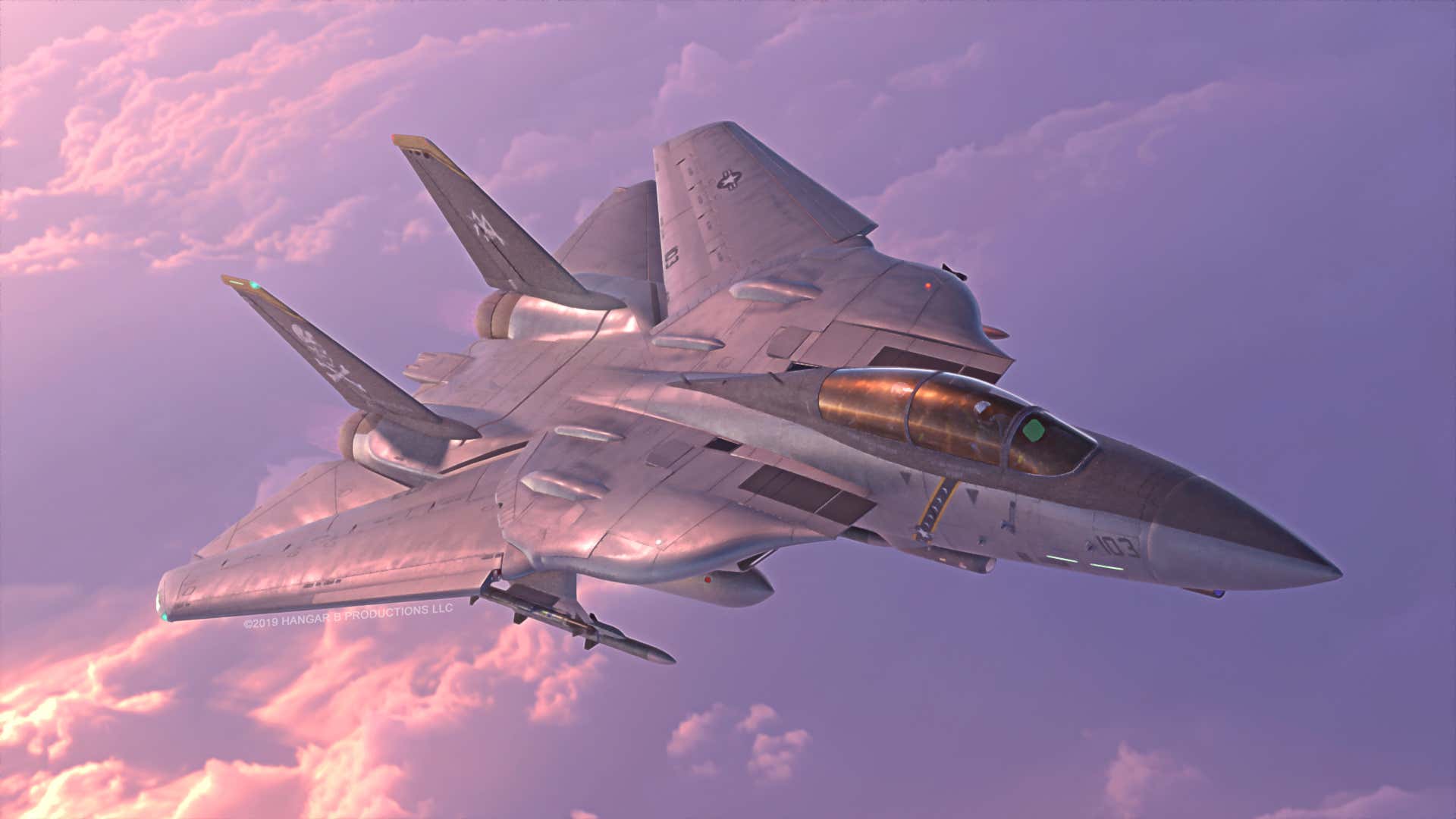
F14E Tomcat 21 (nextgen Super Tomcat)
After the end of the Soviet Union, the F-14 interception mission lost priority and the Bush administration's defense secretary, Dick Cheney, preferred to invest in an enhanced version of the F/A-18 (the Super Hornet) than to continue to modernize the Tomcat, which he called the "60s plane".Still, the F-14 only left service in 2006 after 32 years as the most important fighter plane in the.
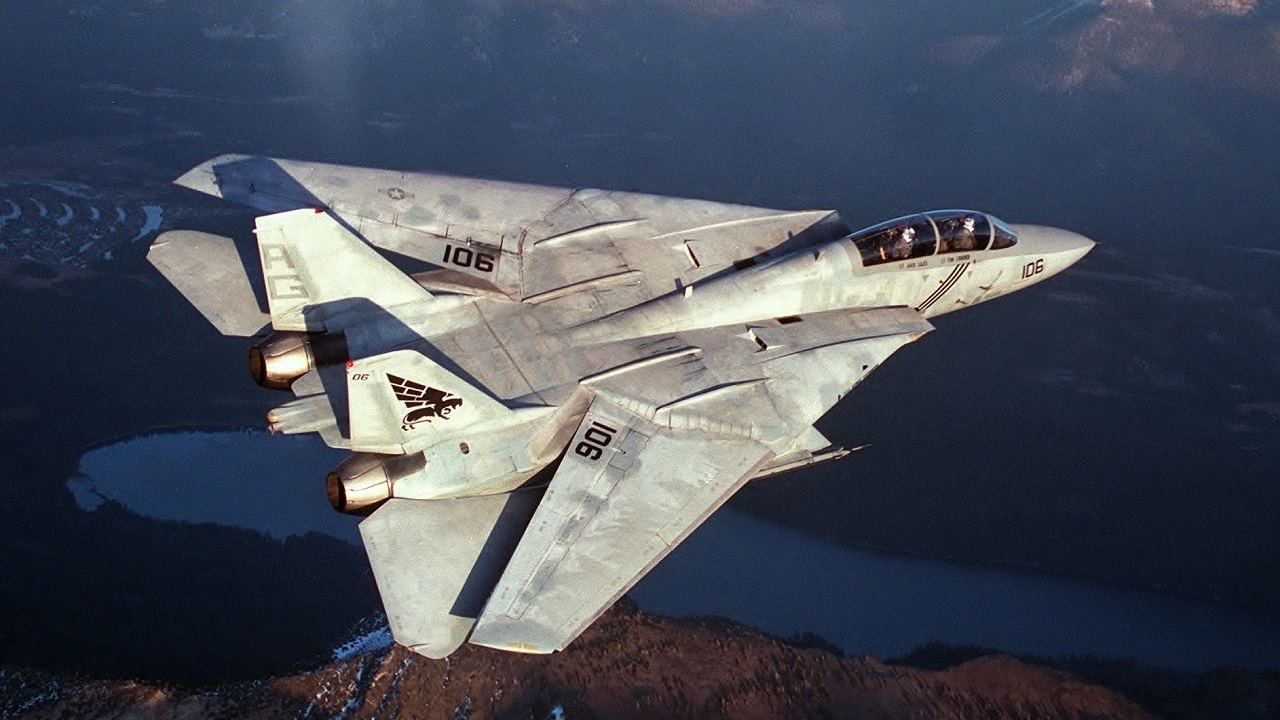
Meet the Super F14 Tomcat Why Did the US Navy Say No? 19FortyFive
The F-14 Tomcat was primarily designed to defend the U.S. Navy's fleets from airborne threats, using its AWG-9 radar and the long-range AIM-54 Phoenix missiles for against bombers carrying.
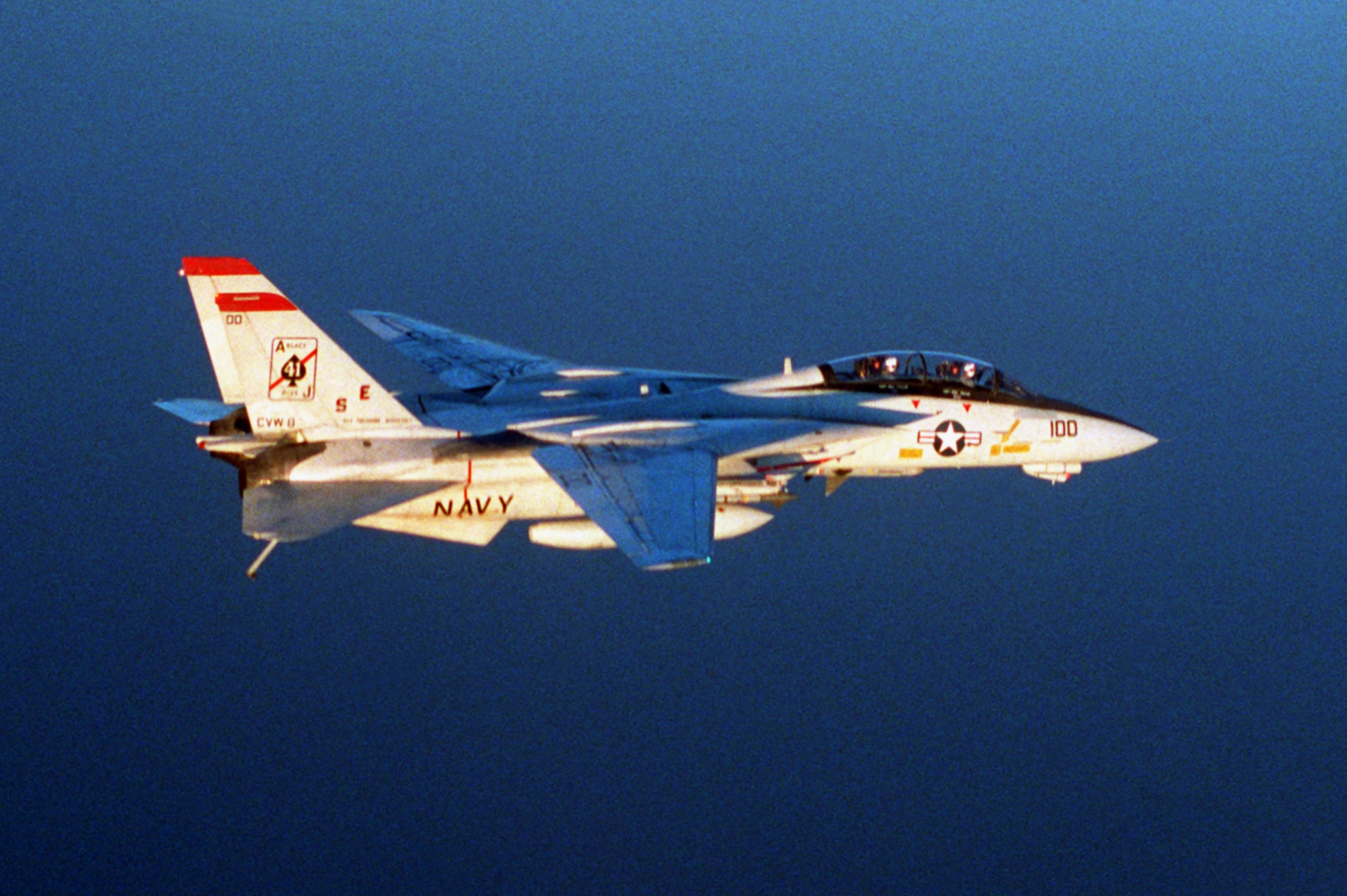
SimplePlanes F14A Tomcat VF41 (1991)
For the F-14 Tomcat, it flies even faster. First taking to the air 50 years ago, few aircraft in the history of aviation have captured imaginations and have sparked the passion for flight like the.